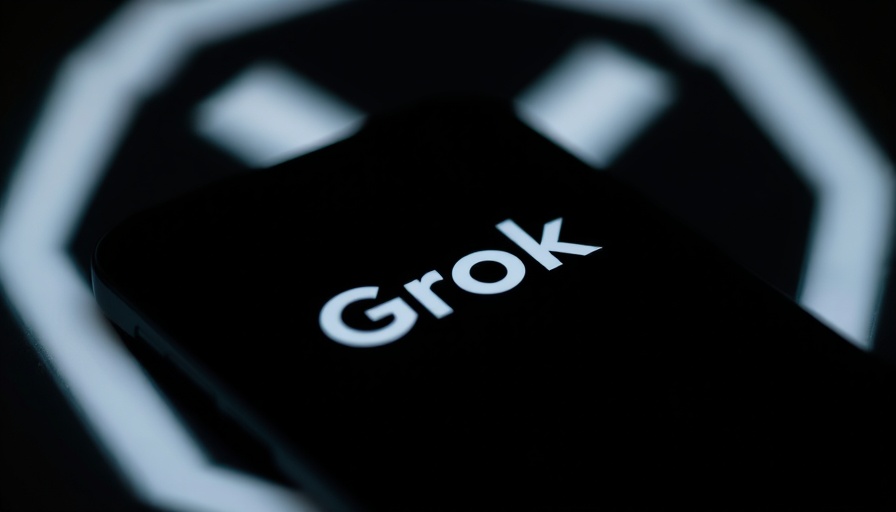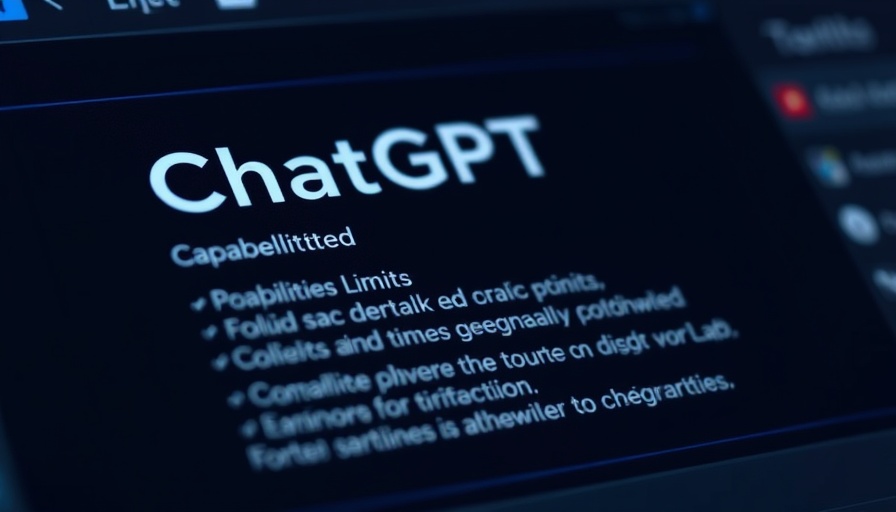
Understanding the Grok 3 Benchmark Controversy
The launch of xAI's Grok 3 has ignited widespread debates within the AI community regarding its benchmark results, specifically relating to its performance on the AIME 2025 math test. Central to the controversy is the accusation that xAI may have presented misleading information that portrays Grok 3 as superior to OpenAI's offerings. The crux of this dispute lies in the omission of the crucial 'consensus@64' metric from xAI’s benchmarks—a metric that dramatically influences perceived accuracy.
The Role of Consensus@64 in AI Benchmarking
The 'consensus@64' metric allows models to attempt a problem multiple times, thereby selecting the most frequently occurring answer as their final response. This process effectively boosts a model's performance on complex tasks, particularly those involving nuanced mathematical questions. Critics argue that by excluding this metric, xAI has artificially inflated Grok 3's relative capabilities against OpenAI’s o3-mini-high model, which does incorporate the consensus metric.
Comparative Performance Insights
In a recent graph shared by xAI, Grok 3 variants outperformed OpenAI’s best models at first-attempt scores (*@1*). However, when the consensus method is considered, Grok 3's scores fall short, raising ethical questions about how AI companies can manipulate data to shape public perceptions. This graph was rapidly challenged by OpenAI employees and brought to light the discrepancies between reported performance and actual capabilities.
The Industry’s Call for Transparency
This debate highlights the broader calls for improved transparency in AI performance reporting. Industry experts like Dr. Sarah Chen and Dr. Marcus Thompson advocate for comprehensive evaluation metrics that can accurately reflect a model's strengths and weaknesses. They emphasize the necessity of providing contextual information—such as computational costs and real-world applicability—to stakeholders who rely on these metrics for decision-making.
Broader Context in the AI Industry
The Grok 3 controversy is part of a larger narrative where AI companies are often accused of selective metric reporting. This trend raises ethical questions about the integrity of benchmarking practices and can mislead investors and the public. As AI technology advances rapidly, the lack of standardized benchmarks creates an environment ripe for misinterpretation.
Public Reaction and Future Outlook
The response from the public has been mixed, with many calling for stricter guidelines and standards within the AI benchmarking community. Industry advocates are pushing for universal benchmarks to ensure ethical practices and reduce discrepancies in performance reporting. Moreover, the fallout from this incident may lead to regulatory measures that emphasize transparency and accountability, which could change how AI technologies are evaluated in the future.
The discussions around Grok 3 not only reveal issues within xAI but also reflect systemic challenges within the AI sector. With growing pressure for better metrics and ethics in AI reporting, the industry might experience significant shifts towards more reliable and comprehensive evaluation frameworks that accurately convey AI capabilities. As new regulations potentially emerge from this scrutiny, it is essential for all stakeholders to strive for an environment of openness and integrity—a necessity in rebuilding public trust in AI innovations.
 Add Row
Add Row  Add
Add 




 Add Row
Add Row  Add
Add 

Write A Comment